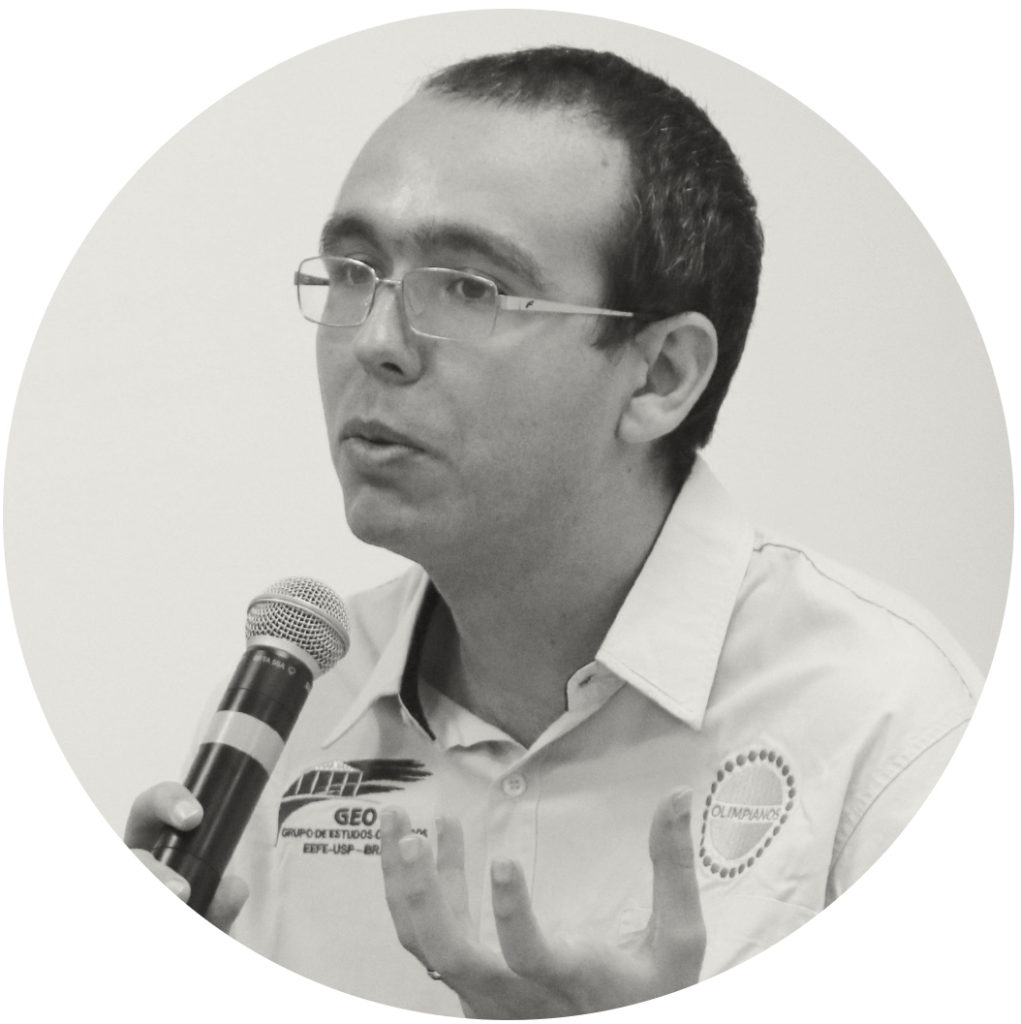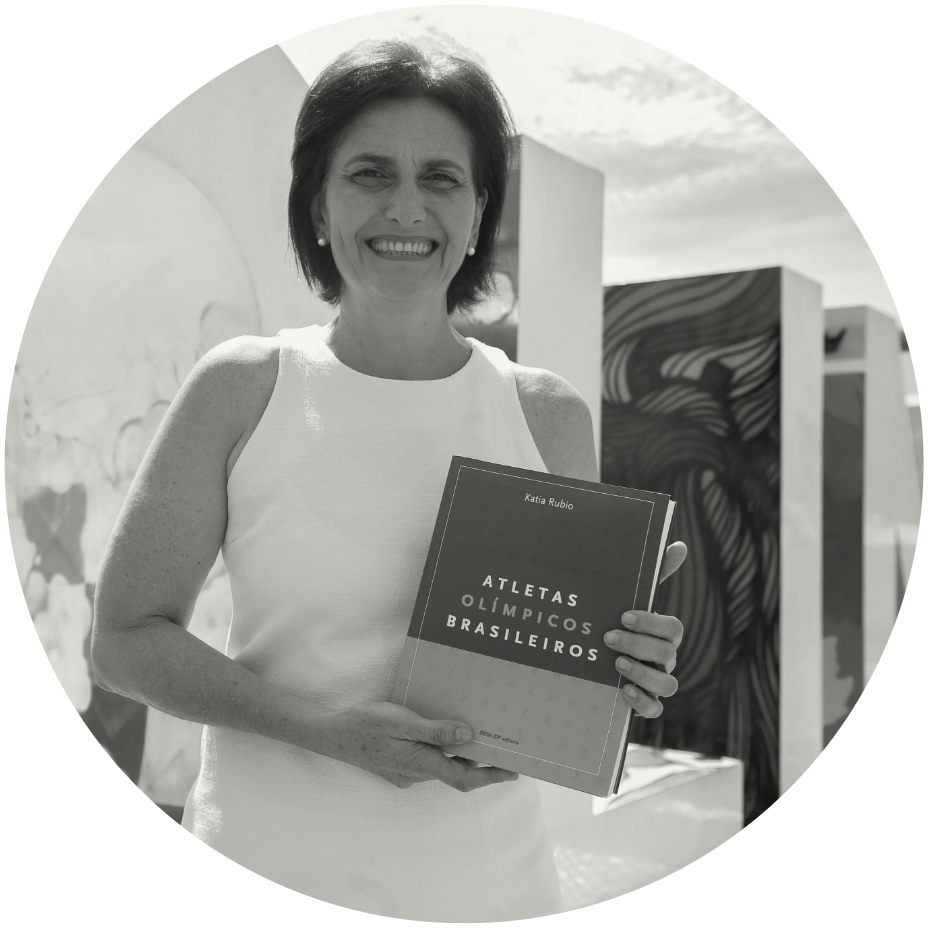
Dr. William Douglas de Almeida
PhD in Physical Education and Sports from the University of São Paulo (USP), Brazil. Journalist and a member of the Olympic Studies Group (USP).
E-mail: jornalismo_william@yahoo.com.br
Website: https://www.researchgate.net/profile/William-Almeida-2

Prof. Katia Rubio
PhD in Education from the University of São Paulo (USP), Brazil. Professor in the Faculty of Education at the University of São Paulo (USP), Brazil. Psychologist, journalist and leader of the Olympic Studies Group (USP).
E-mail: katrubio@usp.br
Instagram: @katia_rubio
Communication is one of the pillars of sports management organisations. Far beyond simply being resources, today’s national Olympic committees have become content producers and are able to communicate directly with a large part of the public. Maintaining profiles on social networks is customary and requires a great deal of work to update. This analysis will focus on the profile maintained by the Brazilian Olympic Committee (COB) on YouTube.
The first point to emphasise is that the profile does not bear the name of the COB, but “Time Brasil”, in an attempt to get closer to the public and remove the institutional character. According to data from the “Social Blade” platform, between 28 July and 12 August 2024 the Time Brasil page saw an increase of 28,000 new registrations. Also according to the tool, there were more than 7 million video views between July 22th and August 9th.
COB’s communication strategy on YouTube was very proactive. Different products were created for the period of the Olympic competition: in Live Olímpica a remote interview was held daily with athletes, former athletes and officials. Bonsoir was a program made up of reports that had already been produced and made available in the run-up to the Paris Olympics, mixing frames with videos of athletes recently posted on social networks. In this way, COB took advantage of a large volume of previously produced videos and re-exhibited them. The major product of the period was the COBCast program, which had two daily editions: one at 2pm Brazilian time – with an average duration of two hours; and another at 8:30 pm Brazilian time – with an average duration of one hour. Presented by two journalists, the program gave a daily summary of the results and schedules of Brazilian athletes competing, featured analysis from commentators and was also a space used for interviews with confederation leaders, COB staff members, sponsors and even celebrities from the artistic world. The program featured live appearances by athletes, especially Brazilian Olympic medallists, and some of the actions carried out by COB in Paris were shown live, as well as reports produced with athletes during the preparation period for the Olympic Games.
It’s interesting to note that, even though it’s an official COB channel, as it doesn’t have the rights to broadcast the Olympic Games, the Channel uses photos and athletes’ audios, but never videos of the competitions. The presence of officials and athletes, and the fact that it was on an official channel of the national Olympic committee, could lead one to believe that the programme was just a tool for publicising and flattering the national Olympic committee. However, this was not the case: analysis and commentary, including some criticism of the performance or speeches of Brazilian teams and athletes, were broadcast, as well as criticism of the organisation of the Games, on topics such as refereeing in judo, or even pollution in the River Seine. The program also reported on important events in sports and competitions in which there were no Brazilian athletes. Even the edition that ran between 1.30am and 2.30am Paris time featured live interviewees. In addition to this content, a series of “one-off” reports and mainly cuts from interviews with athletes were published on YouTube by Time Brasil.
There were also partnerships: one of them with Canal GB, run by journalist Galvão Bueno, a professional who for 40 years was an announcer for Rede Globo, Brazil’s most popular broadcaster, which produced a daily one-hour programme with commentary, interviews and behind-the-scenes reports from Paris. In one of them, reporter Marcos Uchôa spoke about the actions taken by the Russian embassy in Paris, highlighting Russia’s suspension from the Olympic Games. The reporter even criticises Olympic policy. “But the war in Ukraine, the invasion of another country, was the reason for the most serious punishment against the Russians. But it’s good to emphasise that the IOC, the International Olympic Committee, is closer to the West. For example, invading a country is forbidden by international law, but there was never any thought of punishing the United States for invading Iraq. The truth is that in sport the rule is clear, or the rules are clearer. In international politics, on the other hand, the game is completely different, double standards.”
Another partnership for Time Brasil was with Embratur, the Brazilian Agency for the International Promotion of Tourism, a federal government agency, which produced nine editions of a program called Borogodó, in the format of interviews.
More than simply responding to press demands, today the communications departments of major sports organisations have become content producers. A major challenge is to do this in an attractive way, without making the content produced mere advertising and thus uninteresting to the public. The work carried out by COB on YouTube shows an interesting direction that can be followed and has achieved significant results.

